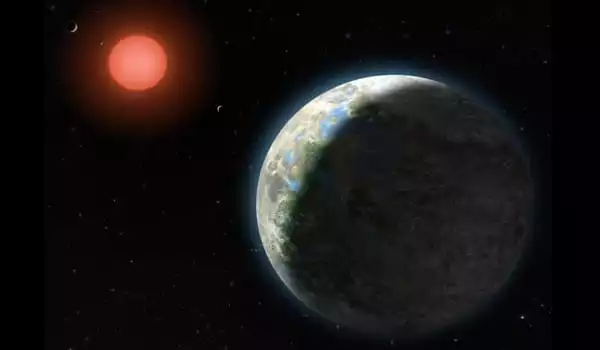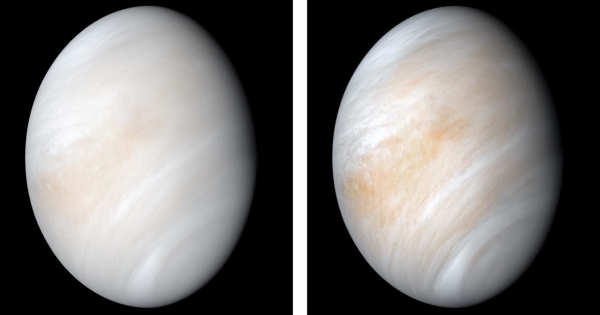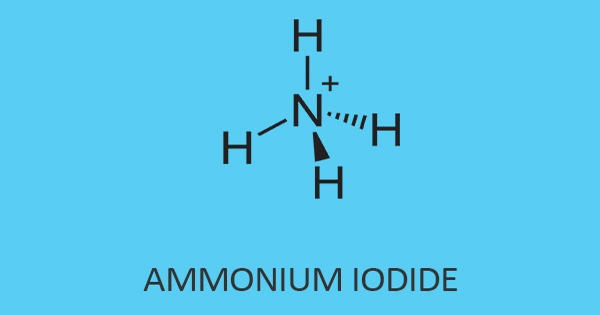Gliese 581g is an unverified (and sometimes disputed) exoplanet that is said to orbit within the Gliese 581 system, twenty light-years away from Earth. It is an extra-solar planet candidate in a planetary system only 20 light-years from Earth, however its existence is strongly questioned at this time. It was identified by the Lick–Carnegie Exoplanet Survey and is the sixth planet orbiting the star. However, the European Southern Observatory (ESO) / High Accuracy Radial Velocity Planet Searcher (HARPS) survey team was unable to confirm its presence, and its existence remains contentious.
Discovery
A team led by Steven Vogt at the University of California, Santa Cruz announced the planet for the first time in September 2010. Using 11 years of data from Hawaii’s W.M. Keck Observatory, the teams announced the discovery of two planets orbiting the star Gliese 581: Gliese 581f and Gliese 581g.
The exoplanet, first announced in 2010 as a planet with a mass similar to Earth in the habitable zone of its host star, has come under examination as other research teams cast doubt on its discovery. It is estimated to be towards the center of its star’s habitable zone. That is, if the planet’s atmospheric conditions are good, it may support liquid water—a prerequisite for all known life—on its surface.

Astronomers from the Lick–Carnegie Exoplanet Survey claimed to have discovered Gliese 581g. The authors indicated that data sets from both the High-Resolution Echelle Spectrometer (HIRES) and HARPS were required to detect the planet, but the ESO/HARPS survey team was unable to establish its existence.
The planet’s existence remained unconfirmed because no one could agree on its existence. Additional reanalysis only found evidence for four planets, but the discoverer, Steven S. Vogt, disagreed with those findings; another investigation by Guillem Anglada-Escudé later confirmed the planet’s existence. A reanalysis by Vogt in 2012 confirmed its existence.
Characteristics
A recent study determined in 2014 that it was a false positive; however, a reanalysis of the data in 2015 revealed that it could still persist. It is assumed that the planet is tidally locked to its star. Heat may be able to circulate if the planet has a dense atmosphere. The planet’s real habitability is determined by the composition of its surface and atmosphere. Temperatures are estimated to range between −37 and −11 degrees Celsius (−35 and 10 degrees Fahrenheit).
In instance, Earth’s average surface temperature is 15 °C (59 °F), and Mars’ normal surface temperature is around −63 °C (−81 °F). According to Vogt, the planet has a “100%” possibility of supporting life, however, this is debatable. The supposed detection of Gliese 581g foreshadows what Vogt calls “a second Age of Discovery”.
It was thought that the planet was in the habitable zone of its parent star, a red dwarf. Because this sort of star is cooler than our sun, planets must huddle close together to acquire enough warmth to allow water to flow on their surfaces. While astronomers commonly define habitability as the ability of a planet to host liquid water, it is understood that numerous things can influence it. This involves the planet’s atmosphere as well as the variability of its parent star’s radiation output.
















